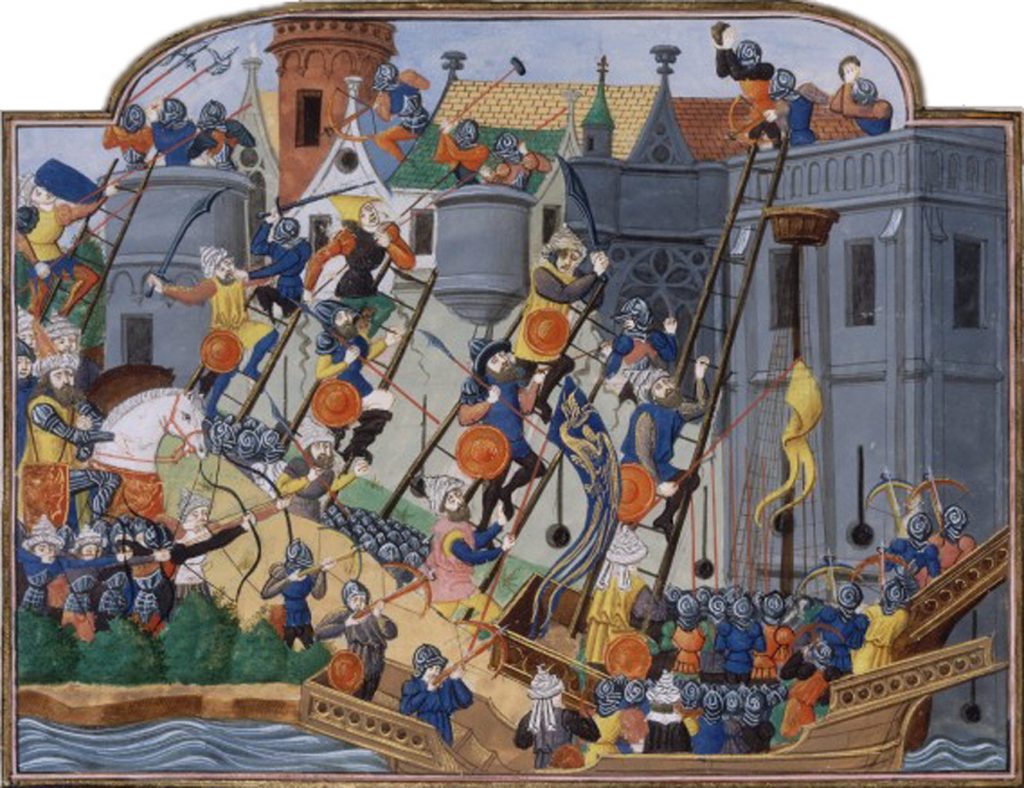„Give me here on a platter the head of John Baptist“ (Matthew 14:8)
German, Swabia
Around 1500
Wood, carved and polychromed
48 x 45 cm
Provenance:
Private Collection , Germany until 2022.
Related Literature:
Brink, Peter van den, Preising, Dagmar, Polfer, Michel
(eds.), Blut und Tränen. Albrecht Bouts und das Antlitz der Passion, exhibition catalogue, Suermondt- Ludwig -Museum Aachen, 8 march – 11 june 2017, Regensburg 2016.
Bart, Barbara, “Gib mir auf einer Schüssel das Haupt Johannes des Täufers ”. Die Passion des Johannes zwischen Skulptur und Malerei, in exhibition catalogue. Bouts 2016, pp. 42 – 54.
Woods, Kim W., Cut in Alabaster. A Material of Sculpture and its European Traditions 1330– 1530, Turnhout 2018, pp. 347 – 54.
Arndt Hella, Kroos Renate, Zur Ikonographie der Johannesschüssel`, in : Aachener Kunstblätter, vo l. 38 , 1969, pp. 243 – 328.
The events surrounding the violent death of the prophet John, who foretold the coming of the Messiah and who is considered his forerunner, are described in the Gospels according to Saint Matthew (14:1–12) and Saint Mark (6:14–29). Herod Antipas had begun an affair with his sister-in-law, Herodias, for which John publicly reproached him. As a consequence Herod had him arrested. Herodias was also furious at being accused of adultery and contemplated revenge. During a magnificent feast her daughter, Salomé, danced for Herod. Herod was so enraptured by her performance that he promised to grant her every wish. Incited by her mother, Salomé demanded the head of Saint John that was then handed to her on a platter. When Salomé’s mother was presented the severed head she is reputed to have thrust a knife into the Saint John’s forehead in revenge. This injury can also be seen on the relic of the saint’s head that is still kept on a platter in a silver reliquary in Amiens Cathedral.
The cult surrounding the head of Saint John the Baptist began in the early Middle Ages and reached its peak in the 15th century. Numerous sculptural works were created in wood, clay, stone and alabaster, inspired by the presentation of the head. Alabaster in particularly is especially well suited because of its translucent colour, comparable to that of skin. The eyes, mouth and hair were usually highlighted in coloured paint.
Sculptural depictions of the severed head on a platter used for devotional purposes can be traced back to the 13th century. In the 15th and 16th centuries the so-called ‘Johannesschüssel’ became widespread in England and on the continent.1 Their frequent mention in lists of assets in the estates of private individuals confirms that they were also used for private prayer.1 However, works depicting Saint John’s head on a platter were also placed on altars (cf. fig 1) and mounted on walls or in niches, such as the Head of Saint John in St. Willibrod in Utrecht (attributed to the Workshop to the Master of Rimini).
The relic of the head of John the Baptist in Amiens was said to have healing powers, providing relief from epilepsy, headaches, sore throats, melancholy and depression. These healing effects were also transferred to the ‘Johannesschüssel’ as representations of the original relic. The platters also played a role in mystery plays. Similarly, they were carried in processions around altars on the summer solstice to augment the regeneration of the earth and the fertility of women.3 On June 24, just after the summer solstice, the birth of John the Baptist is celebrated, exactly six months before December 24 on which Christ was born, immediately following the winter solstice. John’s words: “He [Christ] must increase, but I must decrease” (John 3:30) are seen as a reference to the cycle of days becoming shorter and longer. As such, the head of Saint John was placed within a cosmic context that was much older than the religious tradition.
Stylistically, this Head of Saint John on a Platter can be dated to the second half of the 15th century. It was most probably made in Germany, probably in Westphalia where they are frequently found.


